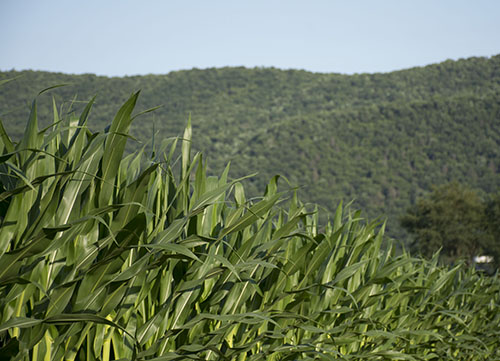
Technology has given our agricultural industry legs to grow, opportunities to be more productive, and methods to become more efficient.
One such technology is genetically modified organisms, or GMOs. The use of GMOs has elevated food production for both humans and animals to new levels.
Yet, some people have taken a firm stance against the use of GMOs. They would prefer use of this technology be limited or not used at all.
The problem is, GMOs are no small piece of the pie. In 2014, an estimated 94 percent of the soybeans, 91 percent of the cotton, and 89 percent of the corn produced in the United States were GMO crops. Worldwide, more than 447 million acres of GMO crops were planted in 28 countries in 2014.
What would the world look like if GMOs were removed from agriculture? Researchers at Purdue University took a closer look at the economic and environmental consequences of losing GMO traits in the nation's major crops of corn, soybeans and cotton.
Models showed that the elimination of all GMOs could drop corn yields by 11.2 percent and soybean yields by 5.2 percent. Even more dramatic would be the 18.6 percent decline in cotton yields. To fill these voids, 252,000 acres of U.S. forests and pasture, and 2.7 million acres globally, would need to be converted into cropland. The research showed that this change in land use would also impact greenhouse gas emissions negatively.
With lower crop yields resulting from no GMO traits, commodity prices would be sure to rise. Corn prices could jump by as much as 28 percent and soybeans as much as 22 percent, according to the study.
The elimination of GMOs would first impact crop and livestock farmers, but the effects would trickle down to the consumer, too. The researchers figured that shoppers could expect food prices to rise 1 to 2 percent, costing consumers $14 billion to $24 billion per year.

The author is an associate editor and covers animal health, dairy housing and equipment, and nutrient management. She grew up on a dairy farm near Plymouth, Wis., and previously served as a University of Wisconsin agricultural extension agent. She received a master's degree from North Carolina State University and a bachelor's from University of Wisconsin-Madison.








